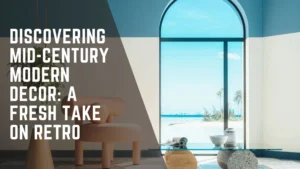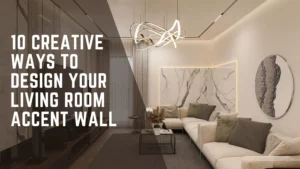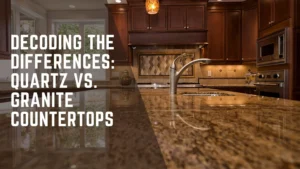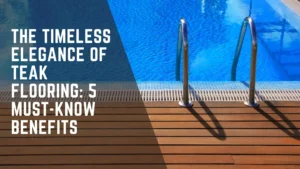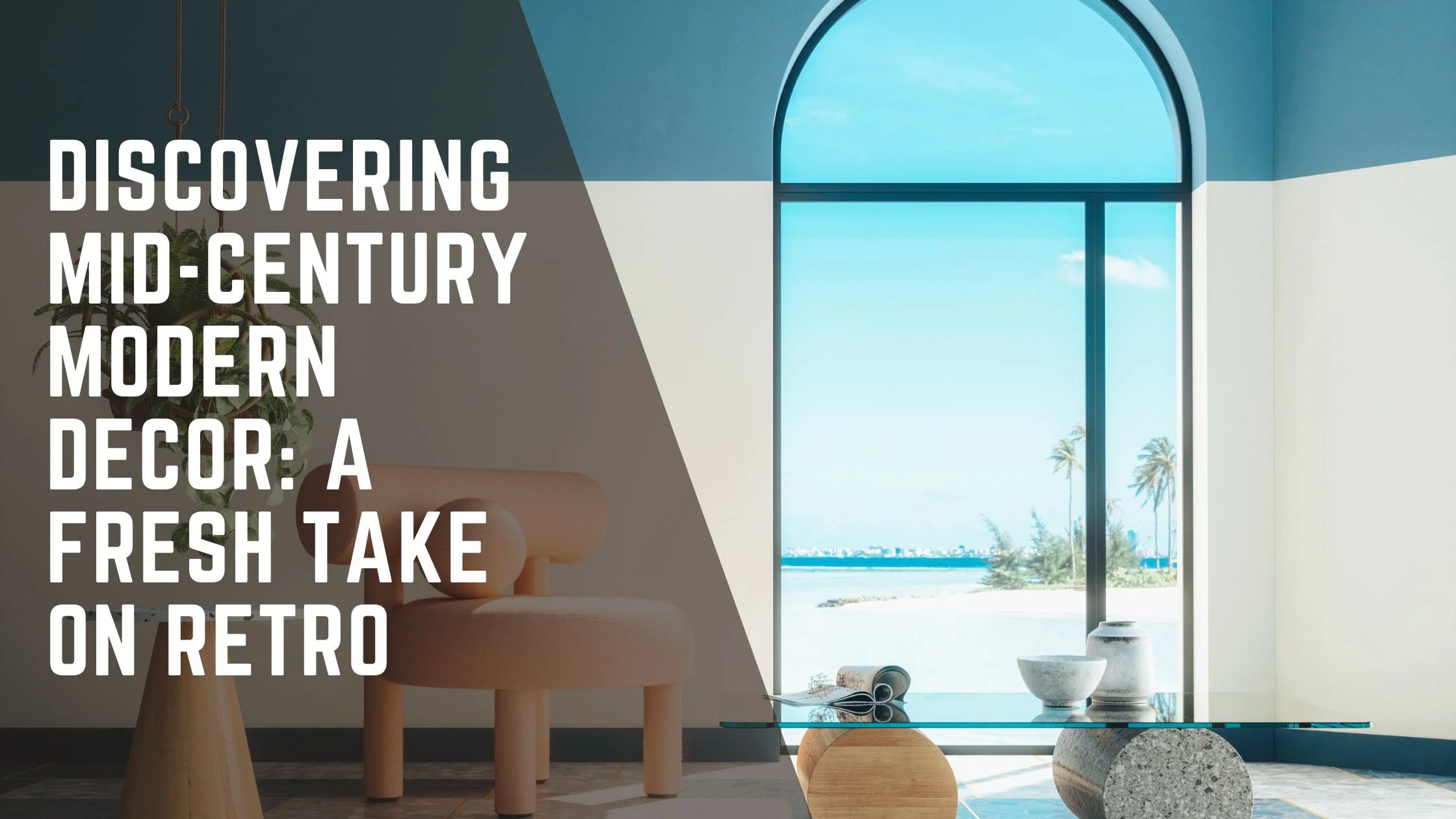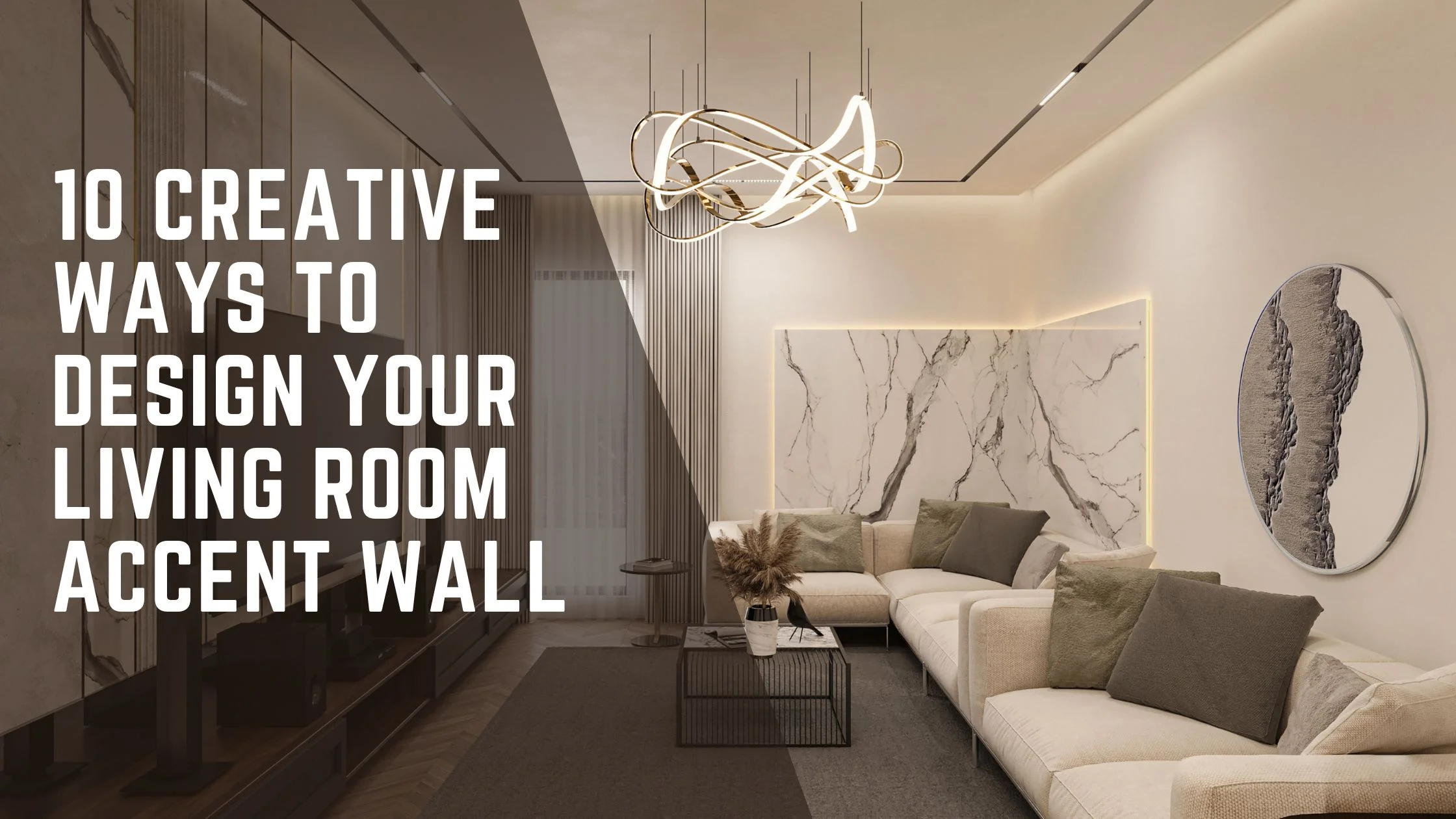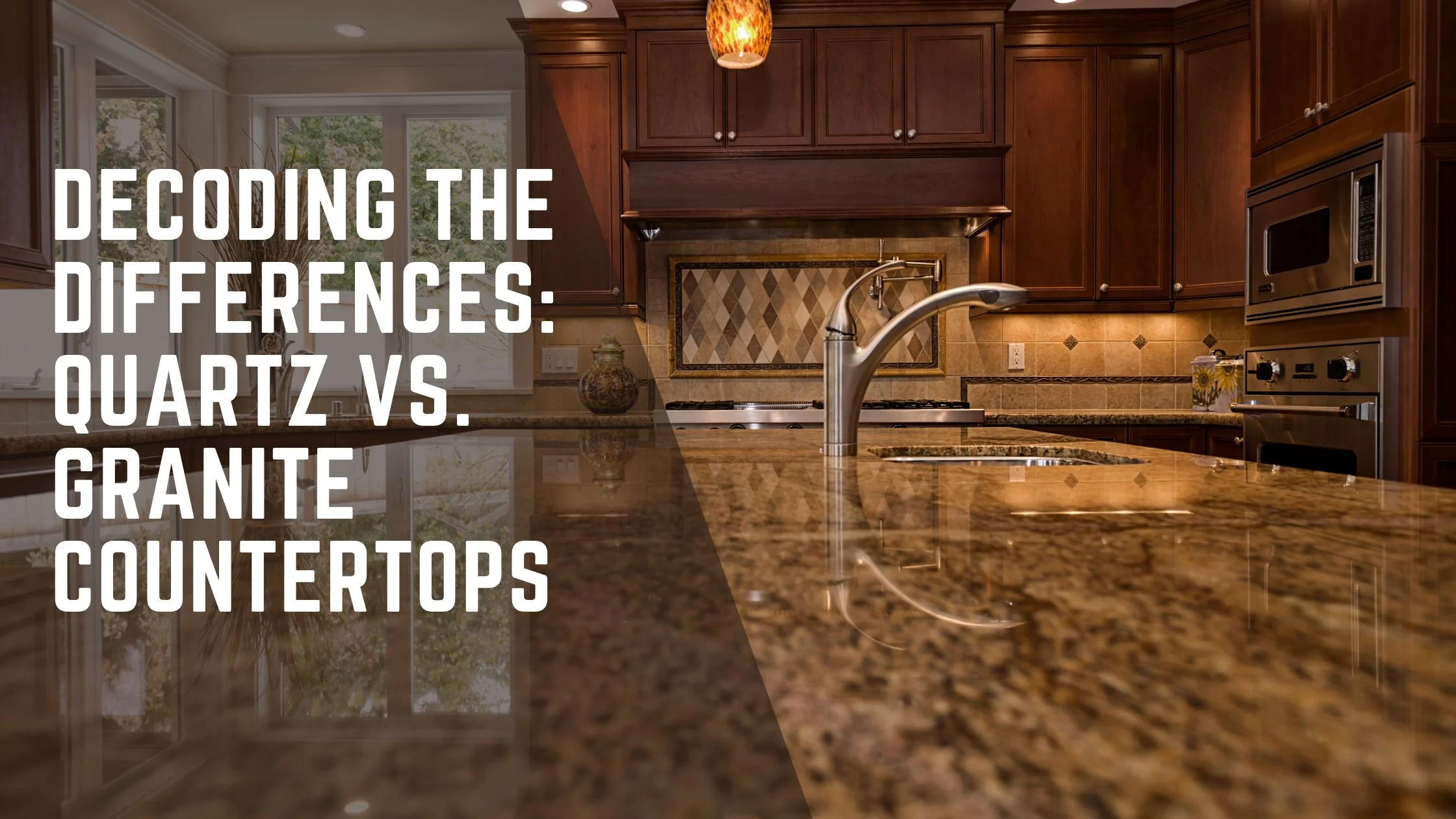Which design style will reign supreme in the years to come? Is it the minimalist approach, with its sleek, modern lines and pared-down aesthetic? Or is it the maximalist approach, with its bold patterns and rich textures? Some people are completely devoted to one type, while others can’t decide which they like better. So, which one is really the best? Let’s take a look at both sides and see if we can determine the top design philosophy of the future.
Table of Contents
Maximalism
Maximalism is a style of interior design that is all about going big and bold. Maximalist interiors are often filled with patterns, colors, and textures, creating a lavish and luxurious look. Maximalism is the perfect way to make a statement in your home, and it can be as daring or subdued as you like. If you’re feeling maximalist, go for it! Play with patterns and colors, mix and match textures, and have fun with your decor. Maximalism design is all about enjoying the excess, so go wild!
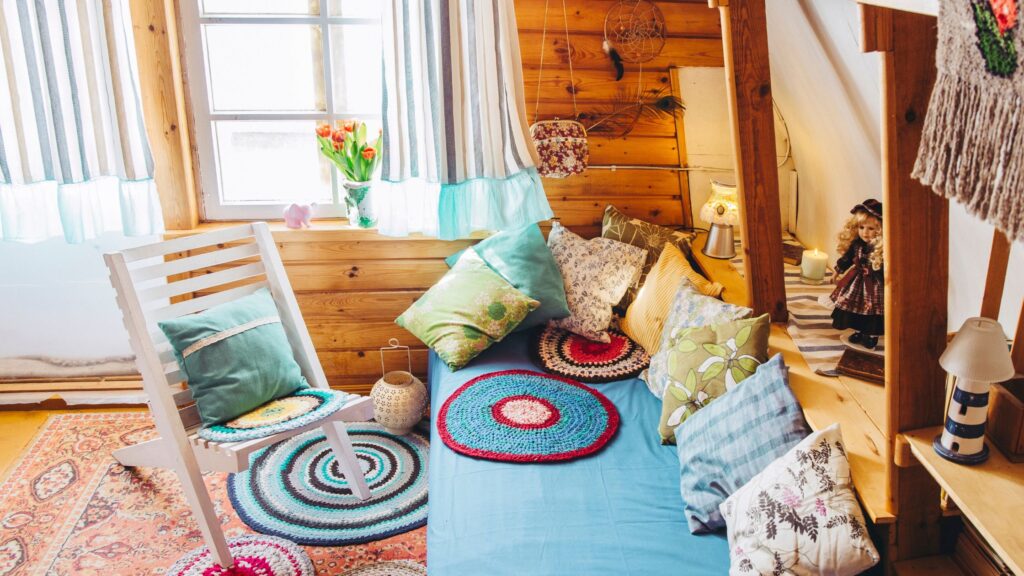
Minimalism
At its simplest, minimalism is a design philosophy that emphasizes clean lines and a limited color palette. In art, minimalism often refers to works that are stripped down to their essential elements, with the goal of achieving purity of form. In interior design, minimalism often takes the form of clean, uncluttered spaces with a muted color scheme. However, minimalism is not just about aesthetics. It is also about simplifying one’s life and living with fewer possessions. For many people, minimalism is a way of decluttering their homes and reducing stress. By paring down to only the essentials, they are able to focus on what truly matters in their lives. Whether you are interested in the aesthetic or the lifestyle, minimalism can be a transformative way of living.
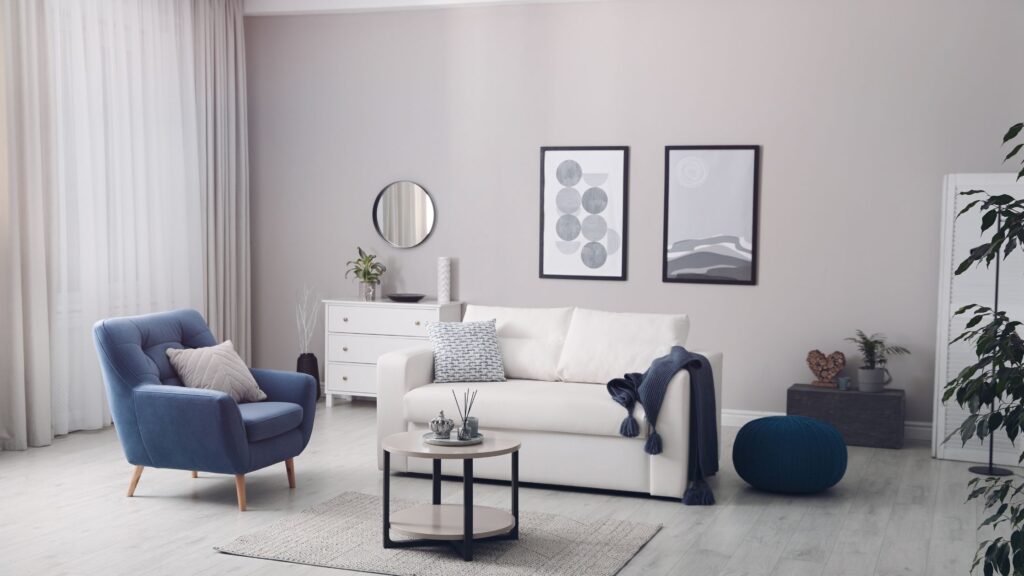
What are Some of the Pros and Cons of Both Styles?
There’s no denying that both styles have their fans. Minimalism has been having a moment for a few years now, and maximalism is starting to make a comeback. So which one is more popular? It’s hard to say. Both styles have their pros and cons, and it ultimately comes down to personal preference.
Maximalism Pros:
- Maximalist spaces are often very warm and inviting.
- They can be fun and playful, making them great for kids’ rooms or other informal areas.
- Because they rely heavily on decoration, they can be easily changed up seasonally or as your tastes change.
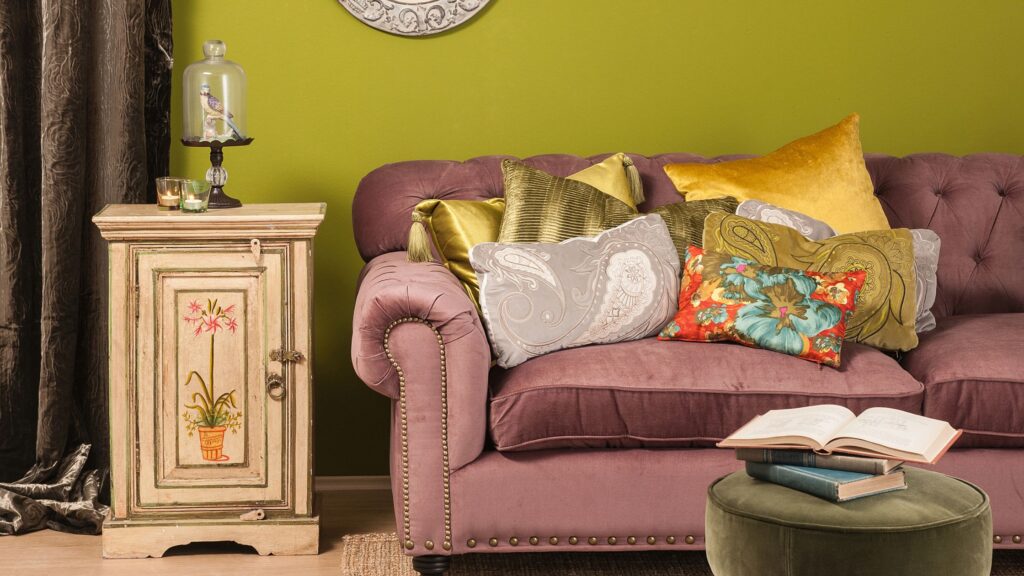
Cons:
- Maximalist interiors can be overwhelming, especially to guests who are not used to them.
- They can be difficult to keep clean due to all the nooks and crannies created by the excess decor.
- They can also be expensive to create, as you’ll need to purchase more furniture and decor items.
Minimalism Pros:
- Minimalist spaces are easy to keep clean because there is less stuff for dust and dirt to accumulate on.
- They have a calming effect thanks to their simple aesthetic and lack of distractions.
- They can be very stylish and modern-looking.
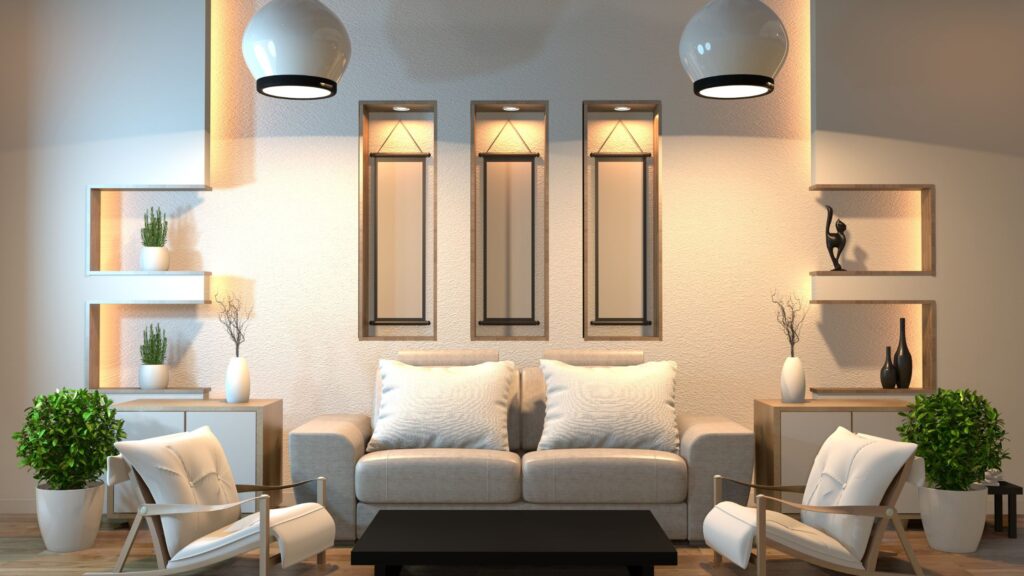
Cons:
- Minimalist spaces can feel cold or impersonal if not done correctly.
- They can be difficult (and expensive) to achieve if you have a lot of stuff that you don’t want to get rid of.
- Achieving the perfect balance of form and function in a minimalist space can be tricky.
Can you Mix Minimalism and Maximalism?
It might seem like a contradiction, but it is possible to enjoy the best of both worlds. For example, you might minimize your wardrobe to a capsule collection of versatile pieces, but go all out when it comes to your accessories. Or you might keep your living space minimal and clean, but fill it with maximalist art and statement furniture. Ultimately, it’s up to you how you mix and match these two styles to create your own unique look. While minimalism and maximalism are often seen as opposites, there is a lot of overlap between the two styles. For instance, both minimalists and maximalists can appreciate the beauty of simple, uncluttered spaces. And whether you lean more towards one style or the other, an appreciation for both can help you create a personal style that is uniquely your own.
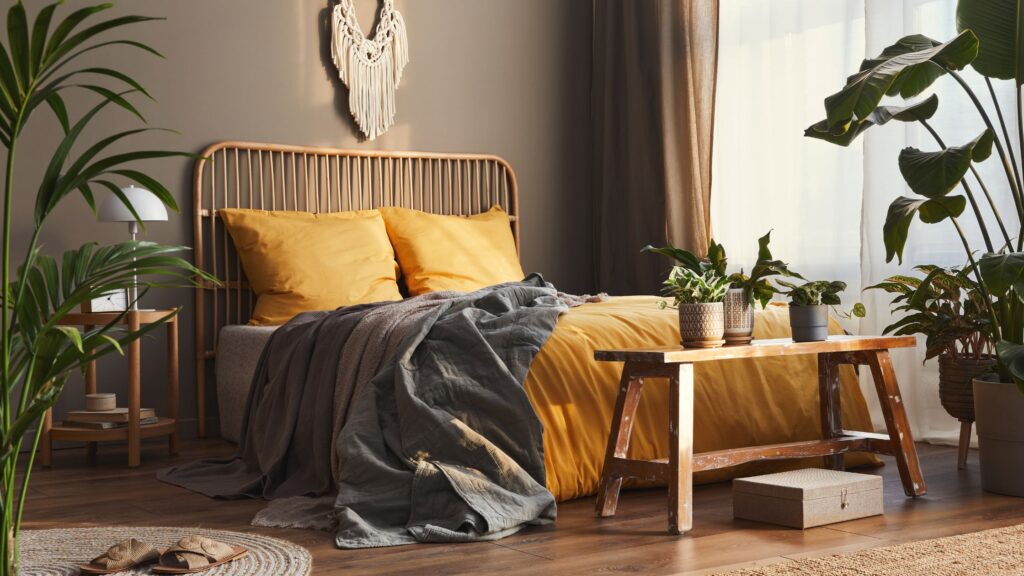
Timeless or Trendy?
Designers are increasingly being tasked with creating pieces that will stand the test of time. This shift has been driven by a number of factors, including the increasing cost of living and the growing awareness of the environmental impact of disposable goods. As a result, many designers are exploring the idea of design longevity. Minimalism and maximalism are two opposite approaches that can be used to create long-lasting designs. Minimalist designs tend to be based around a few key elements, which makes them timeless since they would be easier to update and adapt over time. Maximalist designs, on the other hand, often make use of ornate details and luxurious materials, which can give them a trendy appeal. Ultimately, the best approach for each project will depend on the specific design aesthetic that the designer is hoping to achieve.
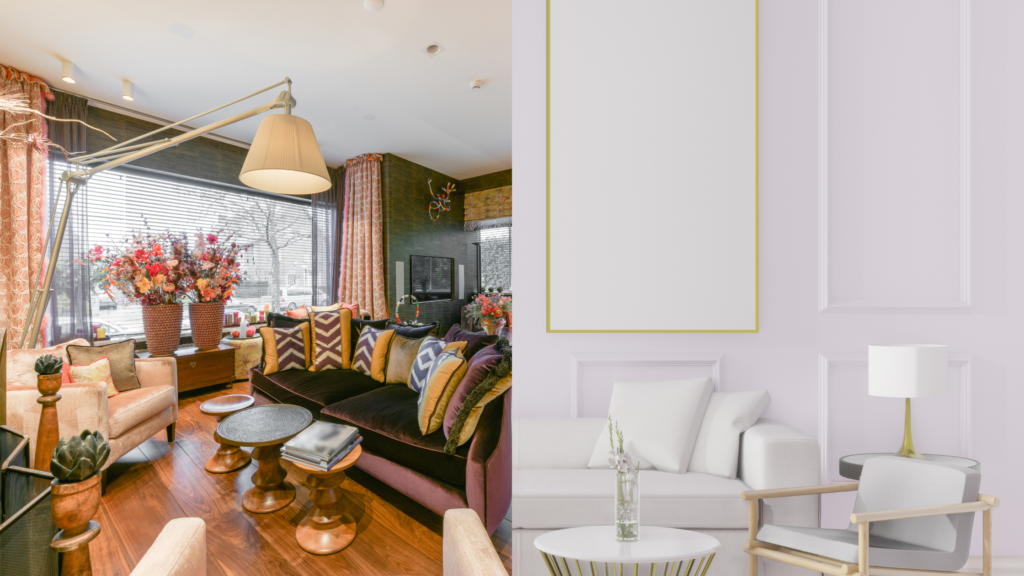
So, what’s the verdict? Will maximalist design win out over minimalist design in the end? It’s hard to say for certain. With technology constantly evolving and giving us growing distractions, there is a healthy need to reduce mental activity and simplify life. At the same time, with advancing globalization, people don’t want to lose their past and history, so they want keepsakes that remind them of their heritage, driving a need to hold on to certain things that represent the past. What we can be sure of is that both styles have their place in today’s market and will continue to be popular choices for designers and consumers alike. Which style do you prefer—maximalist or minimalist? Let us know in the comments!

